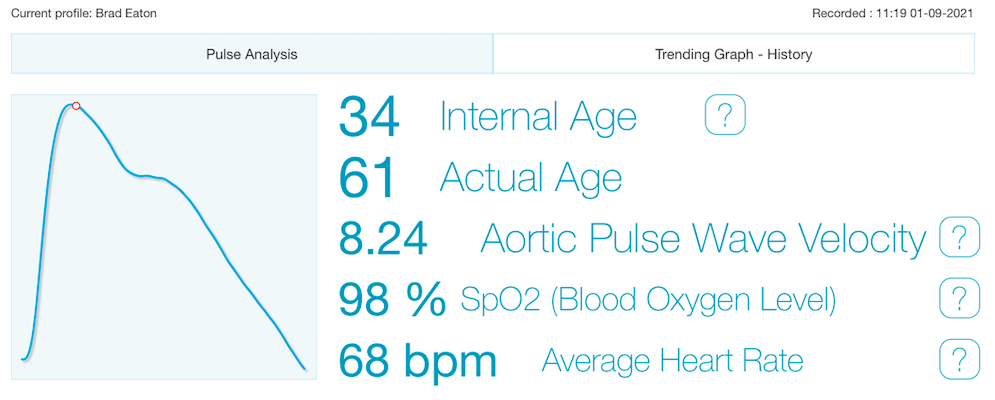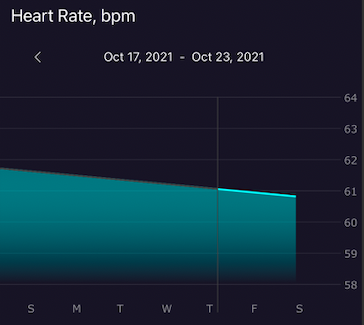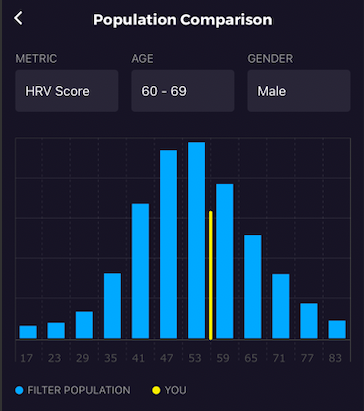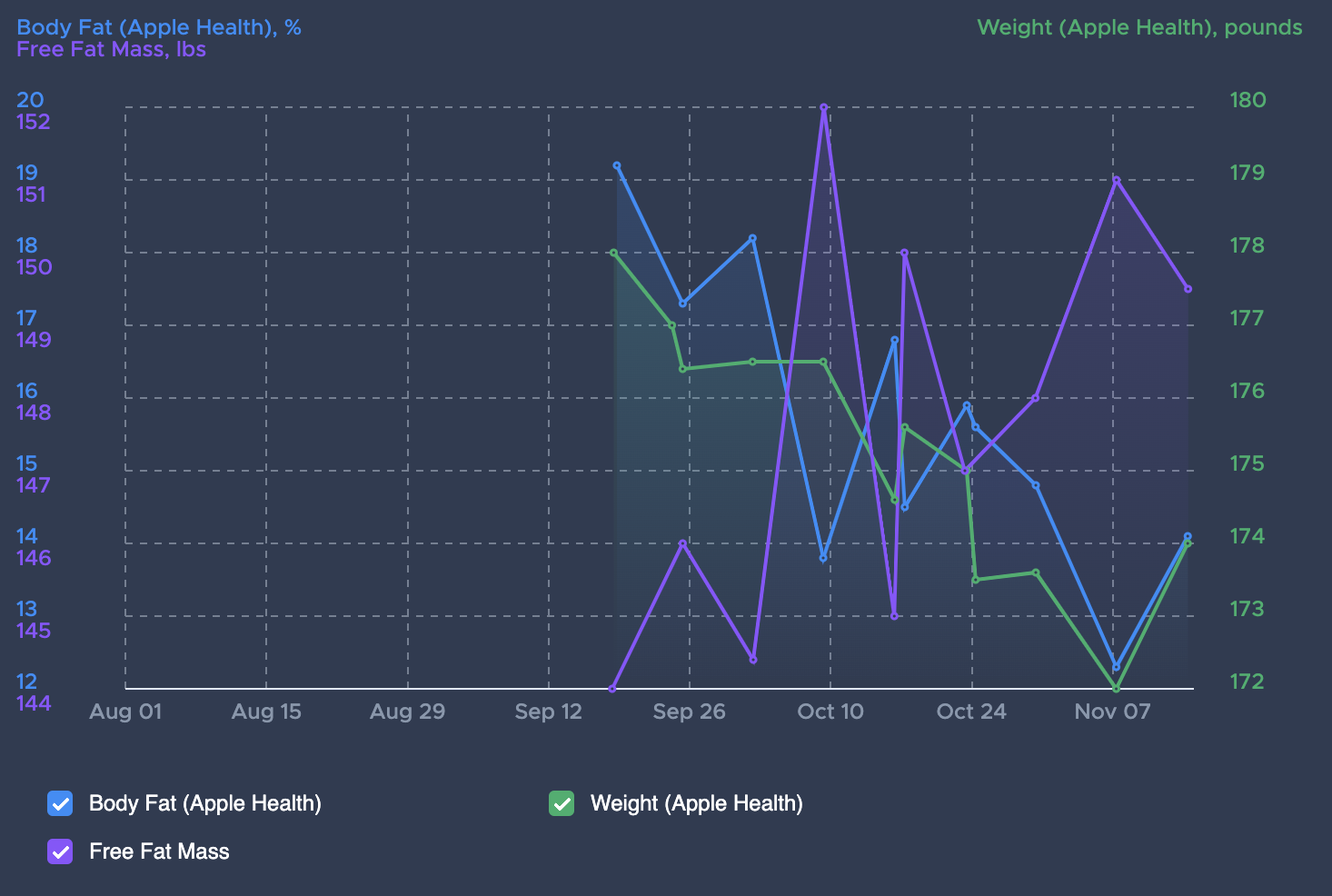Biological Metrics
Body Composition Is A Symptom Of Your “Metabolic Health” - Your Metabolic Health Is A Result Of Your “Lifestyle”.
So, how do you know what your level of health is?
70 LB Kettlebell Snatch @ 62 years old.
View my condition 10 years before @ 52 years old here.
These are the biological markers Hormesis Health and Fitness prefers.
We could discuss how many metrics are too many or not enough. These are better than almost all “biometric screenings” I have seen. Why? Because many don’t measure the right things and many don’t interpret them meaningfully.
Focus on these metrics as a baseline and your health and fitness will line up with that you “were evolutionarily meant to have”.
These metrics are the outcome of Lifestyle; the habits and behaviors are what influence them.
The “Physical Health Model” that represents the components of Hormesis Health and Fitness.
For each category below, you will find my results at the top in ( ) and then an explanation.
You should know these metrics are in the context of my genetics and lifestyle (epigenetics):
My father, an incredible man - triple heart bypass, carotid artery surgery, and high blood pressure.
My grandfather - died of heart disease.
I do not exhibit the chronic conditions they were subjected to. Now, ask yourself why?
I have struggled for some time on what approach to take to convey the whole body health Hormesis Health and Fitness offers. Im assuming people want to look good, but be healthy.
I believe a client should expect their coach to model what they prescribe. If the Coach can’t, then how accurate or realistic is the guidance?
It takes a lot of discipline and commitment to Coach.
Calculators for some of the following metrics can be found here.











































